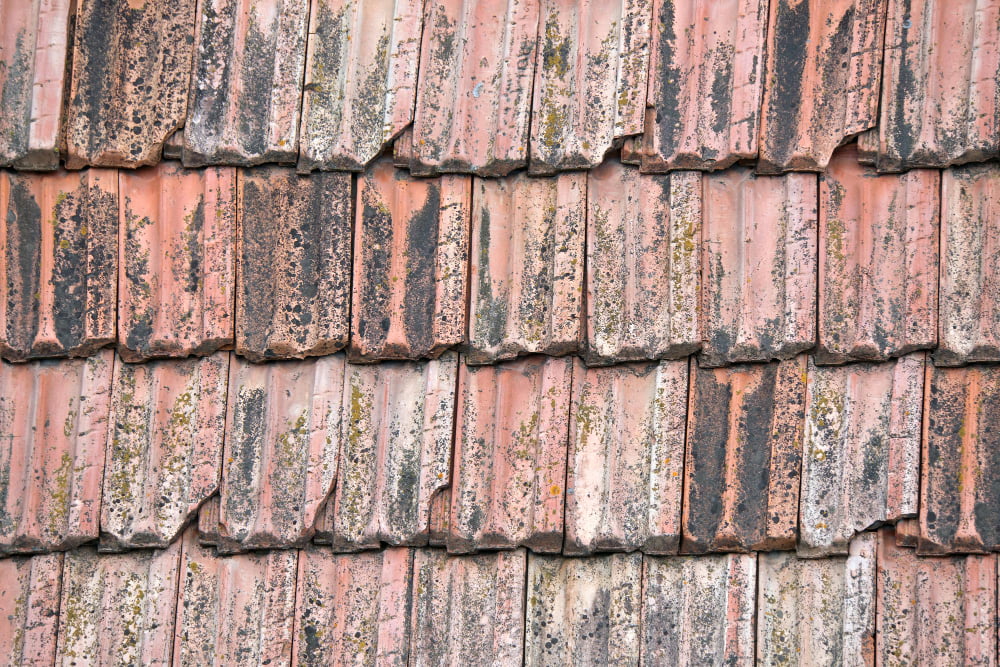Last updated on
Your roof is one of the most crucial components of your home, safeguarding you and your belongings from the elements. Over time, however, wear and tear can take a toll, and it’s essential to recognize when your roof is due for a replacement.
Ignoring the signs can lead to more extensive damage, potentially jeopardizing the structural integrity of your home. In this guide, we will explore some key indicators that it might be time to invest in a new roof, ensuring the longevity and safety of your property.
The Silent Cry for Help

One of the most obvious signs that your roof is in distress is visible damage to the shingles. Shingles play a pivotal role in protecting your roof from water infiltration, and when they start to deteriorate, it’s a red flag. Inspect your roof for missing, cracked, or curled shingles, as these are clear indicators of weathering.
Over time, exposure to harsh weather conditions, such as strong winds, rain, and UV rays, can cause shingles to lose their granules and become brittle. Check your gutters for an accumulation of granules, as excessive shedding indicates that your shingles are approaching the end of their lifespan. If you notice any of these signs, it’s time to consider a roof replacement to prevent further damage and maintain the integrity of your home.
The Sneaky Consequence of Roof Damage

While it’s easy to spot visible damage on the exterior of your roof, sometimes the most telling signs of roof issues can be found inside your home. Water stains on your ceilings or walls are a clear indication that your roof is compromised and allowing water to penetrate. Leaks can develop slowly, making it challenging to detect them until the damage is extensive.
If you notice discoloration or water spots on your ceiling, it’s crucial to address the issue promptly. Ignoring these signs can lead to mold growth, compromised insulation, and even structural damage. A thorough inspection by a roofing professional can help identify the source of the leak and determine if a roof replacement is necessary to protect the interior of your home.
Knowing When It’s Time to Say Goodbye

Even if your roof appears to be in good condition, age alone can be a significant factor in determining when a replacement is due. Most roofing materials have a finite lifespan, and as your roof ages, it becomes more susceptible to wear and tear.
Asphalt shingles typically last around 20-30 years, while metal roofs can last longer, up to 50 years or more. If your roof is approaching the end of its expected lifespan, it’s wise to start considering a replacement, even if there are no apparent issues. Proactive replacement before major problems arise can save you from the inconvenience and cost of emergency repairs and potential damage to your home.
The Expert’s Perspective

While homeowners can perform initial visual inspections, enlisting the services of a reputable roofing company is crucial for a comprehensive assessment. Professional roofers possess the expertise to identify subtle issues that may go unnoticed by the untrained eye.
They use specialized tools and techniques to conduct a thorough examination, including infrared scans to detect hidden moisture and structural weaknesses. A roofing company can provide an accurate assessment of your roof’s condition, offering insights into potential problems and recommending the most suitable course of action.
Whether it’s repairing specific areas, reinforcing weak points, or advising on a complete roof replacement, according to this website, the expertise of roofing professionals ensures a proactive approach to preserving the longevity and functionality of your roof. Regular consultations with a trusted roofing company can be an integral part of your home maintenance strategy, ensuring that your roof remains a reliable protector for years to come.
The Impact on Your Utility Bills
In addition to the structural aspects, the energy efficiency of your roof is a crucial consideration. As roofs age, they may lose their ability to reflect sunlight effectively, leading to increased heat absorption. This can result in higher energy bills as your HVAC system works harder to maintain a comfortable indoor temperature.
A worn-out roof may lack proper insulation, allowing conditioned air to escape, further impacting your energy efficiency. If you notice a spike in your utility bills or struggle to regulate indoor temperatures, it’s time to explore the possibility of a roof replacement. Modern roofing materials offer improved energy efficiency, helping you create a more sustainable and cost-effective home environment.
Curled or Peeling Paint
While it may seem unrelated, the condition of your roof can have a domino effect on other aspects of your home. Curled or peeling paint on the exterior walls or around the roofline can be indicative of underlying roof issues. When a roof is compromised, water can seep into the walls, causing the paint to lose adhesion and peel away.
Ignoring this seemingly cosmetic problem can lead to more significant structural issues over time. Addressing the root cause by inspecting and replacing the roof when necessary not only preserves the aesthetic appeal of your home but also prevents potential water damage and costly repairs.
Recognizing the signs that your roof requires replacement is essential for maintaining the overall well-being of your home. Whether it’s visible shingle damage, interior water stains, an aging roof, energy efficiency concerns, or subtle indications like curled paint, each aspect plays a vital role in the health of your shelter.
Regular inspections, coupled with the expertise of a reputable roofing company, can help you stay ahead of potential problems and ensure the longevity and functionality of your roof. Taking proactive steps to address issues promptly not only protects your investment but also provides peace of mind, knowing that your home is secure against the elements.
Recap:



